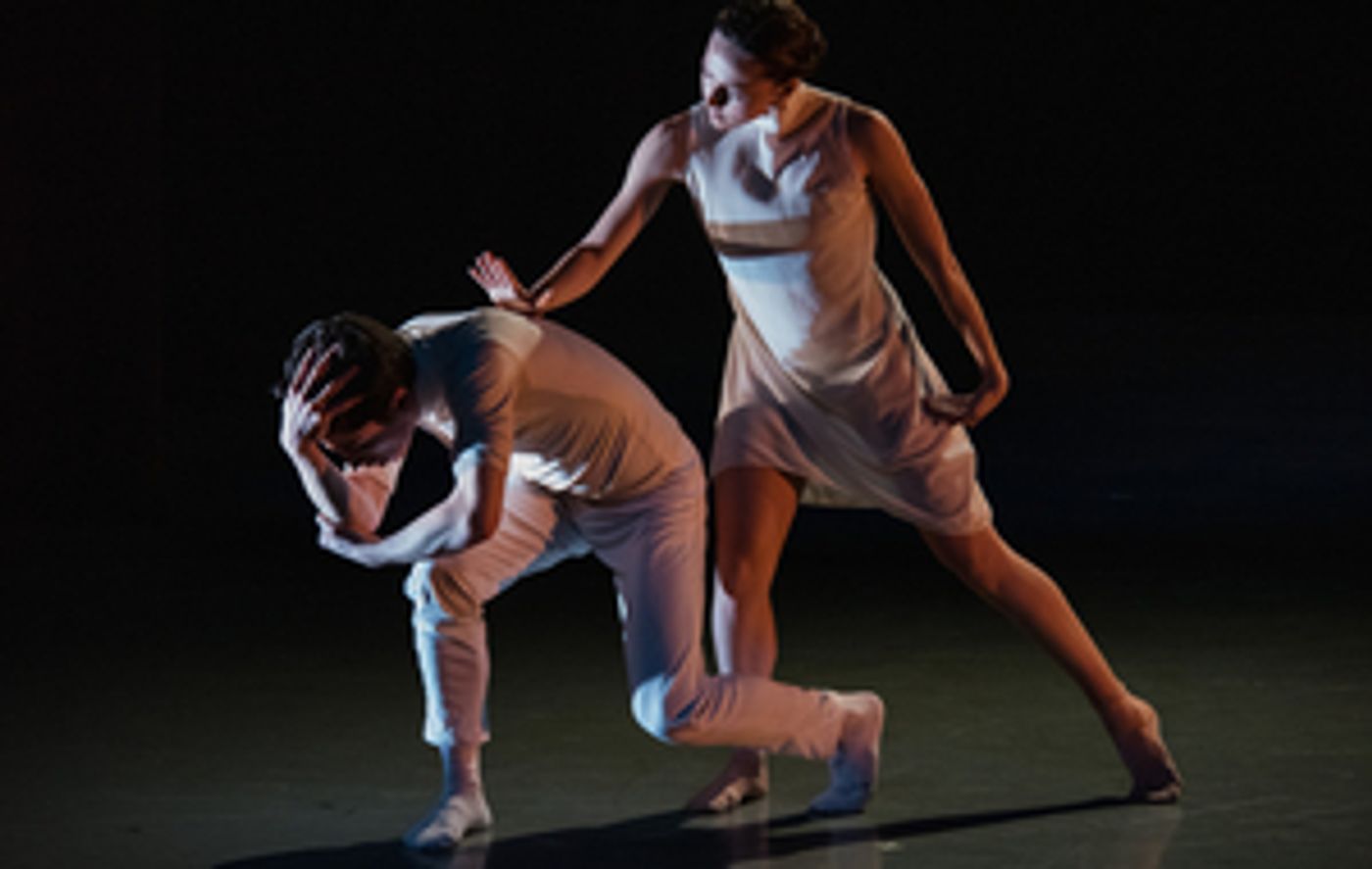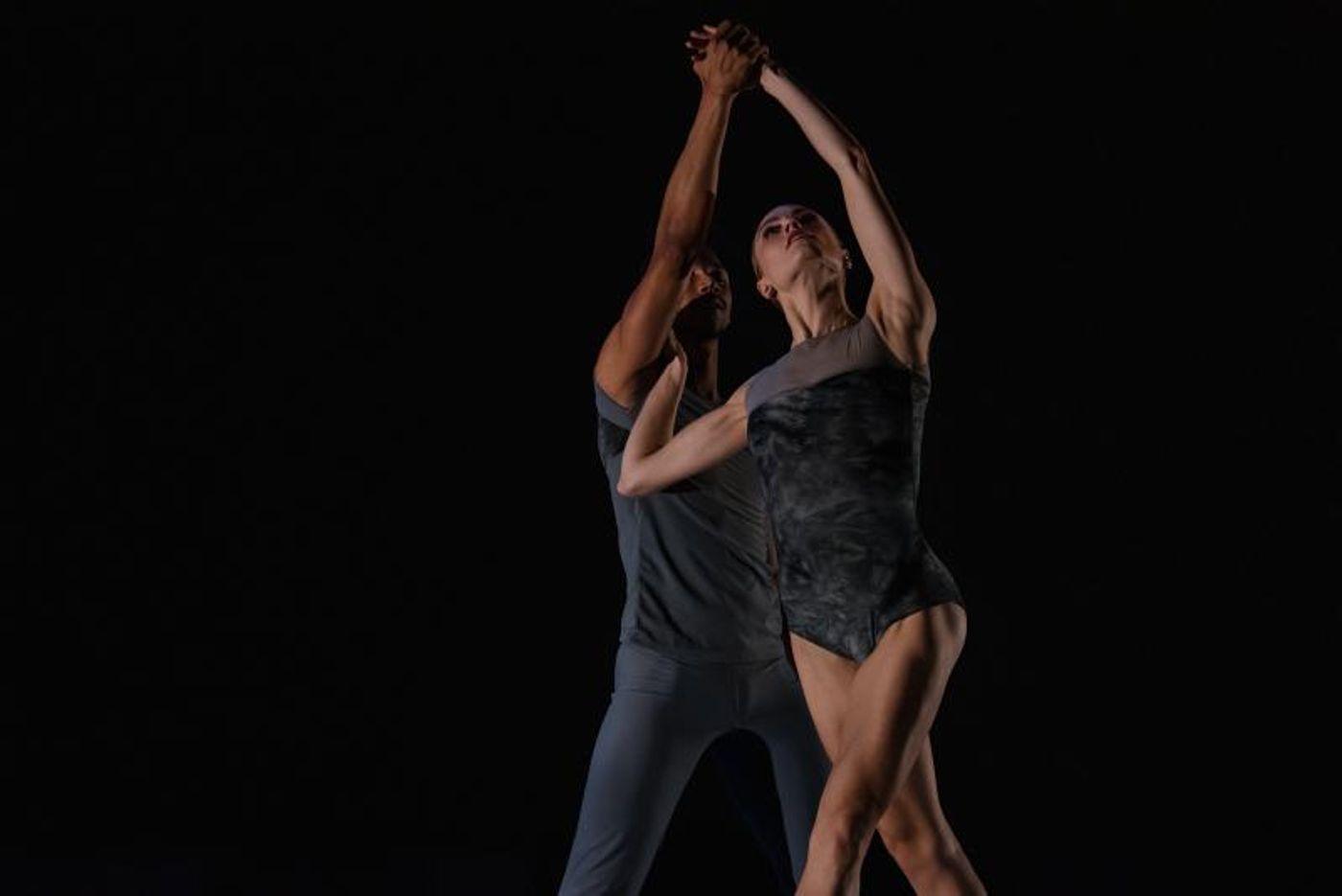Review: BEYOND THE MINT Crosses the Street for Inspiration

Programmatic works seem to come more readily to choreographers than to symphonic composers. For many who love the art of dance, a ballet without a story to tell isn't a ballet at all. So it's natural, while choreographers at Charlotte Ballet search for music for their dancers, they're also in quest of stories, ideas, and images to give their works added edge.
In her three seasons as artistic director at Charlotte Ballet, Hope Muir has enriched this collaboration by formally reaching out to other organizations in town - including UNC Charlotte, who collaborated on last season's Innovative Works program, Shakespeare Reinvented, with two of their distinguished professors of literature. Surrounded by two neighboring museums at Knight Theater, where they are the resident company, it's completely logical for Muir to reach out now to one of them for new inspiration - across the lobby to the Bechtler Museum of Modern Art or across the street to the Mint Museum Uptown.
The title of this year's Innovative, BEYOND THE MINT, spells out her choice. Three choreographers have visited the Mint Uptown and soaked in their current exhibition, Immersed in Light, an installation of five works by Studio Drift, an influential Dutch studio established by Ralph Nauta and Lonneke Gordijn in 2007. Inspired by "Franchise Freedom" and "In Twenty Steps," Chelsea Dumas created Journey Home. Christopher Stuart took his cue for Dispersal from "Fragile Future 3," while Duane Cyrus was more general in citing the basis for his Colony of Desire, quoting the exhibit's mission statement: "creating a dialogue between opposites, exploring the relationship between nature, technology, and mankind."
All three of the choreographies were certainly satisfying, but Dumas' seemed to fulfill Muir's objectives best, drawing the most from the Immersed in Light exhibition. Taking her cue from "Franchise Freedom," she sought to juxtapose the freedom of the individual with the safety and security provided by a group, while "In Twenty Steps" prompted her to visualize the group like formations of birds in flight.
Costumes by Anna De La Cour had the spare simplicity and uniformity of futuristic sci-fi cults we often see skewered in movies and TV, while the John P. Woodey lighting design carved out the boundaries of two realms at the McBride-Bonnefoux Center for Dance: the circumscribed area of the individual, Peter Mazurowki, and the territory of the group, seven other dancers. Writhing around on the studio floor in his egg-shaped area, Mazurowki could hardly be described as comfortable or happy in his own little world, but you could construe Dumas' sequence of movements as a birth of sorts.
Only Elizabeth Truell separates herself from the group, and only she traverses the divide between and the group. Yes, she invades Mazurowki's space - his discomfort zone? - and coaxes him out of his isolation, but there's little that is human in her efforts and nothing sexual or alluring. Truell's actions are a pathway to joining the flock and an invitation to flight. Music by Philip Glass seems apt for this chaste avian action, but there are mellower moments when the score shifts to a track by composer Mark Yaeger and cellist Gautier Capuçon. Amid the flattery and fluttering that engulf Mazurowki, it's obvious that there is tension - and a yearning to return to his former solitude.

Stuart told the opening night crowd at the post-performance talkback that he had worked on Dispersal for a mere 18 days and that he had called back to Nashville, where he is established as the resident choreographer of Nashville Ballet, for Christina Spinei to compose the music. Maybe because the choreography was so rushed, Woodey's lighting and Katherine Zywczyk's costumes seemed more spot-on in capturing the dandelions of "Fragile Future 3" and the floating essence of dandelion seeds. Relying heavily on pas de deux for four couples, Stuart seemed to be tugging against his Dispersal concept and a vision of their epic journeying.
Yet the couples and the composer certainly weren't tugging against each other or Spinei's original music. Sarah Hayes Harkins paired with Colby Foss, followed by Alessandra Ball James partnered with Josh Hall, displayed the kind of mutual trust and simpatico that takes time to develop. These couples, with their individuality and chemistry, surely helped shape the choreography and infuse the new music with their unique imprint. They are also, no doubt, motivating the newer couples - Juwan Alston with Amelia Sturt-Dilley, as well as Maurice Mouzon Jr. and newcomer Nadine Barton - to develop a comparable rapport.
Although his concept was the most abstract of the three choreographers, untethered to any specific work at the Studio Drift installation, Cyrus in collaboration with Emmy Award-winning costume designer Shane Ballard has produced the most exciting of the new Innovative Works - and arguably the work that goes furthest "beyond the Mint."

Utilizing five men and three women, going from white to black costumes late in his piece, Cyrus's give-and-take with opposites was not at all concerned with symmetry. Nor were Ballard's glamorously bizarre costumes with their military silhouettes. No tidy pairings here, either. Foss is as likely to lift a man as a woman, emerging once again as the guy who does the splits. Unlike the other two choreographers, Cyrus takes a strong hand in conceiving the set, joining John Tringas in the scenic design to frame the splashy entrances that climax his scenario. Woodey adds drama to these entrances, widening the spectrum of his lighting design with orange, green, and violet after Ballard's black costumes appear.
Cyrus is no less restless in the dance idioms he uses, as likely to pillage hiphop vocabulary as classic ballet moves. The soundtrack ranged from the contemporary beats of Angus Tarnawsky and Jonboyondabeat to the choral chants of David Lang. In contrast with Dumas' superb synthesis and transmutation, Cyrus worked his wonders in a spirit of adventure and experimentation - plus a dash of showmanship.
Photos by Taylor Jones
Reader Reviews
Videos

